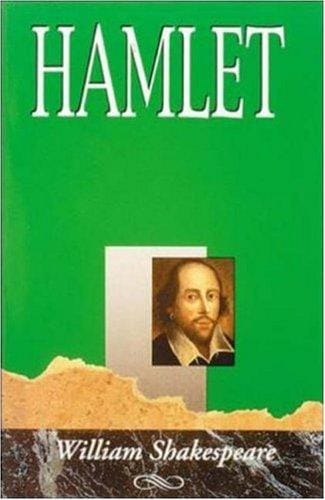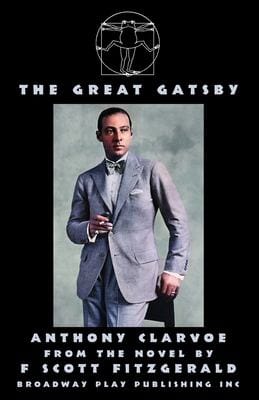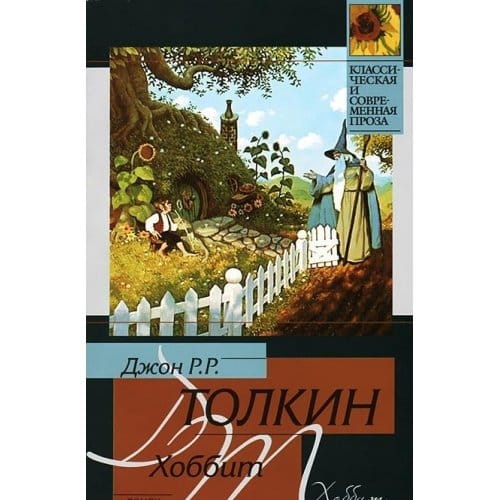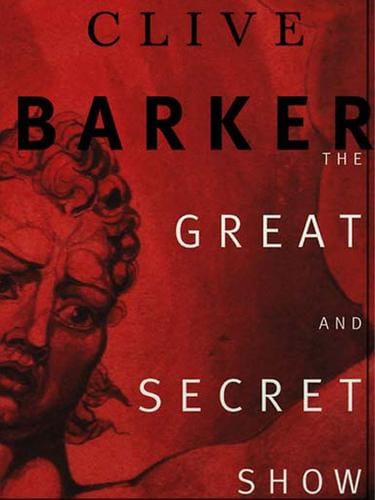Unearthing the Shadows: Tales of the Macabre
A journey into Gothic horror’s darkest corners, tracing the origins, themes, and modern influence of Tales of the Macabre in literature and pop culture.
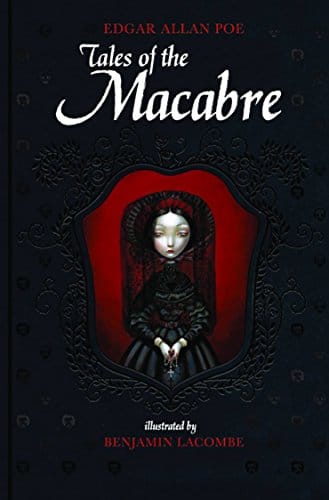
What Are Tales of the Macabre?
"Tales of the Macabre" is an umbrella phrase for stories steeped in darkness, dread, and the unsettling fascination with death. These narratives thrive on atmosphere, evoking goosebumps with whispered footsteps, creaking floors, and moral unease rather than overt gore. Whether nestled in crumbling castles or modern cityscapes, macabre fiction places readers face-to-face with mortality and the unknown, compelling us to confront the shiver that rises from the deepest, most secret corridor of the human psyche.
Roots in Gothic Horror
The tradition draws heavily from late-eighteenth-century Gothic literature. Works like Horace Walpole’s “The Castle of Otranto” and Mary Shelley’s “Frankenstein” layered medieval settings with supernatural dread, offering the first template for existential terror. By marrying atmospheric settings to moral commentary, early Gothic authors forged stylistic hallmarks—storm-racked nights, labyrinthine mansions, and psychologically tormented characters—that modern Tales of the Macabre still embrace.
The Unmistakable Influence of Edgar Allan Poe
No discussion of the macabre is complete without Edgar Allan Poe. Stories such as “The Tell-Tale Heart” and “The Fall of the House of Usher” sharpened the genre’s focus on unreliable narrators and claustrophobic interiors, amplifying terror through psychological decay. Poe’s prose lingers on minute sounds—a heartbeat beneath the floorboards, wind rattling a shutter—to remind readers that genuine horror often occurs within the mind, not in the monster lurking outside.
Other Architects of the Macabre
While Poe remains the genre’s towering figure, many authors have expanded the repertoire. Sheridan Le Fanu’s vampire novella “Carmilla” introduced sensual dread long before Dracula. In the twentieth century, Shirley Jackson’s “The Haunting of Hill House” delivered quiet, character-driven terror, while H. P. Lovecraft’s cosmic horrors shifted fear toward the vast indifference of the universe. Each writer stitched new fears into the genre’s dark tapestry, ensuring its ceaseless evolution.
Recurring Themes That Chill the Soul
Macabre tales succeed by probing cultural taboos and primal anxieties. Below are the motifs that repeatedly surface like skeletal hands from a grave.
Mortality and Decay
Few things unsettle the human mind like rotting flesh or crumbling architecture, tangible symbols of impermanence. Writers exploit decomposition—the slow flaking of paint, the sour smell of a crypt—to externalize the inevitable decline awaiting all life. In doing so, they invite readers to question what remains after the flesh disintegrates and whether the soul escapes intact.
Madness and Unreliable Perception
Narrators in Tales of the Macabre rarely perceive reality clearly. Their skewed viewpoints keep audiences guessing: Are the walls really bleeding, or is the storyteller losing sanity? This ambiguity multiplies fear because it disorients; when truth is a shifting mirage, safety becomes impossible. Authors use fractured minds to explore guilt, obsession, and the fragile boundary between thought and action.
Forbidden Knowledge
From Victor Frankenstein’s laboratory experiments to Lovecraftian scholars unsealing ancient tomes, the quest for knowledge beyond human limits forms a central warning. In macabre fiction, enlightenment often carries a steep price—body, sanity, or soul. Tales thus remind readers that certain doors remain closed for good reason, and curiosity can be a curse in disguise.
The Macabre in Contemporary Culture
Though rooted in candlelit castles, the genre has adapted flawlessly to modern media. Streaming series like “The Haunting of Bly Manor,” video games such as “Amnesia: The Dark Descent,” and graphic novels including Emily Carroll’s “Through the Woods” reinterpret classic motifs for twenty-first-century audiences. Industrial soundtracks, desaturated color palettes, and immersive first-person storytelling deliver new ways to experience dread while honoring the genre’s atmospheric legacy.
Influence on Film and Television
Filmmakers routinely mine Tales of the Macabre for inspiration. Alfred Hitchcock’s “Psycho” fused Gothic isolation with psychological horror, while Guillermo del Toro’s “Crimson Peak” paid visual homage to Victorian ghost stories. Today, arthouse horrors like “The Babadook” and “Hereditary” echo classic themes—grief, madness, haunted spaces—proving the macabre’s timeless resonance across visual media.
How to Craft Your Own Tale of the Macabre
Writers hoping to venture into this shadowed territory should prioritize mood over monstrosity. Begin with setting: peeling wallpaper, candlelight flickering against damp stone, or flickering fluorescent bulbs in an abandoned hospital provide fertile soil for fear. Next, develop characters harboring guilt or secret trauma; internal conflict amplifies external dread. Finally, master restraint. Suggestion often frightens more effectively than explicit detail, allowing a reader’s imagination to paint horrors too personal and vivid for the page.
Why We Keep Returning to the Dark
At first glance it seems paradoxical that readers seek out stories designed to unnerve. Yet Tales of the Macabre offer a safe rehearsal for real-world fears, letting us grapple with mortality, grief, and the unknown from the comfort of an armchair. By confronting darkness through fiction, we better appreciate the light, gaining catharsis and a sharpened awareness of life’s fleeting beauty.
